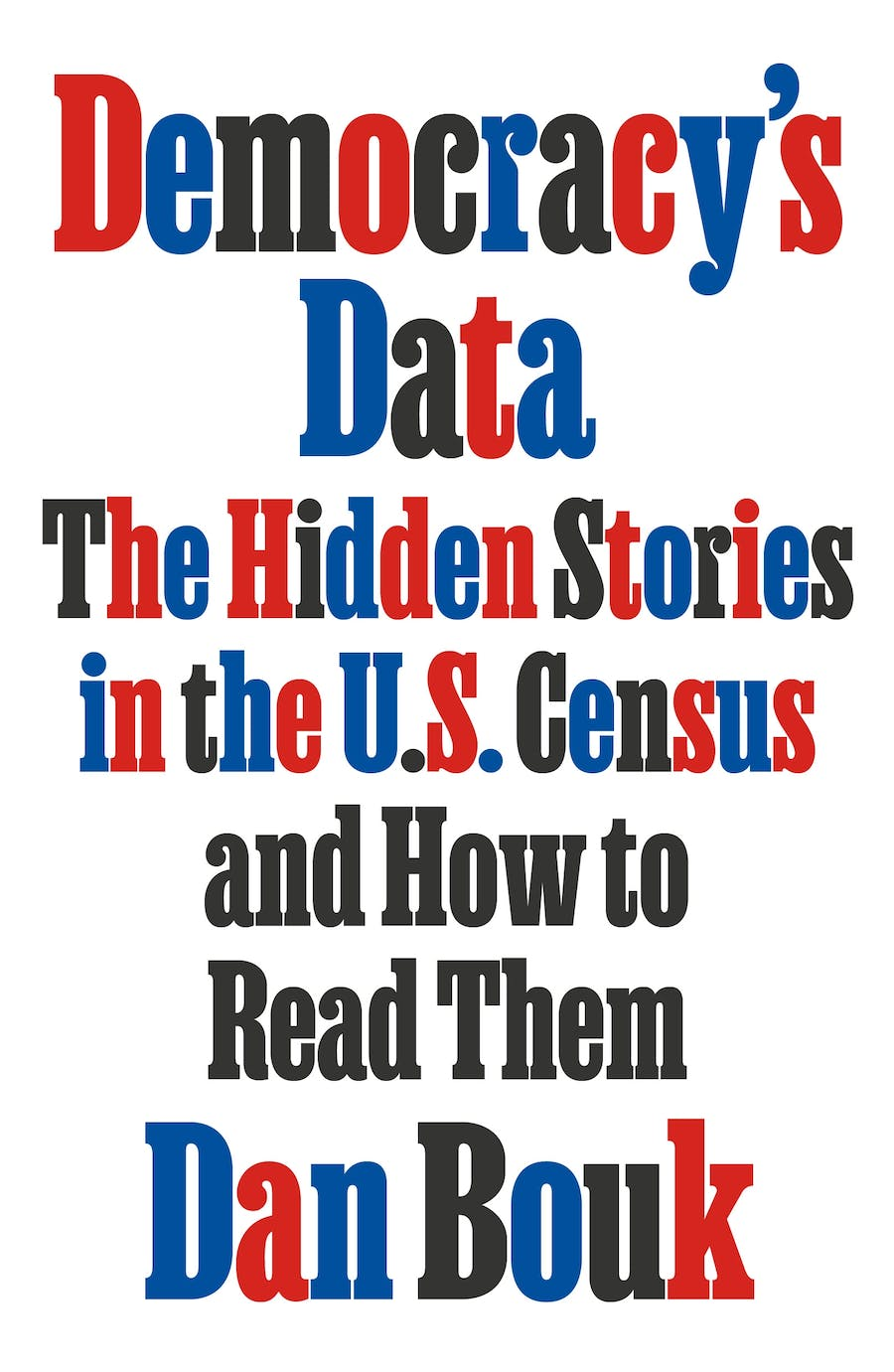In 2020 only a minority of Americans met a census-taker and those who did had already been given the chance to answer questions on the phone, by post or, for the first time, online. In 1940, however, the count was entirely reliant on an ‘army’ of what the government called ‘enumerators’ who went from door to door collecting ‘democracy’s data’. Dan Bouk confesses to ‘romantic ideas’ about the doorstep encounter as a symbolic ‘moment of co-operative civic action’ – the representative of the nation-state carefully attending to each of its members, one by one. That’s the ideal; his book, however, is often about what the encounter fails to achieve, and the negotiations and ‘tiny subversive manoeuvres’ it demands.
The decennial census is the United States’ fundamental form of big data, its defining act of symbolic mediation and the cornerstone of functional government. Its existence is mandated in the US constitution as the means to apportion congressional seats every ten years. Who was to be counted, and how, is more complex. ‘Indians’ were excluded completely from the constitution’s formula, on the grounds that their sovereignty was legally separate; ‘free Persons’ and the indentured were each attributed a ‘whole Number’; and ‘all other persons’ were counted as ‘three-fifths’. Those ‘other persons’ were slaves (a word the constitution strenuously avoided) and the odd figure came about as a compromise between the sectional interests of the Northern and Southern states. In 1783 delegates of the recently formed confederation of thirteen states met to discuss the tax burden of each. After real estate valuations were dismissed as unreliable, it was agreed that population would offer a reasonable index of each state’s wealth. The next question was how slaves might be included in that measure, if at all. Northern delegates made no distinction for these purposes between slaves and free men, while Southern delegates began with the proposition that since slaves were property, they should not be taxed at all. As negotiations proceeded, various arithmetical compromises were proposed, with an enslaved person weighted, variously, at a quarter, a third, a half or three-quarters of a free person. Finally, with ‘despair on both sides’, the ratio of three-fifths was agreed on.
